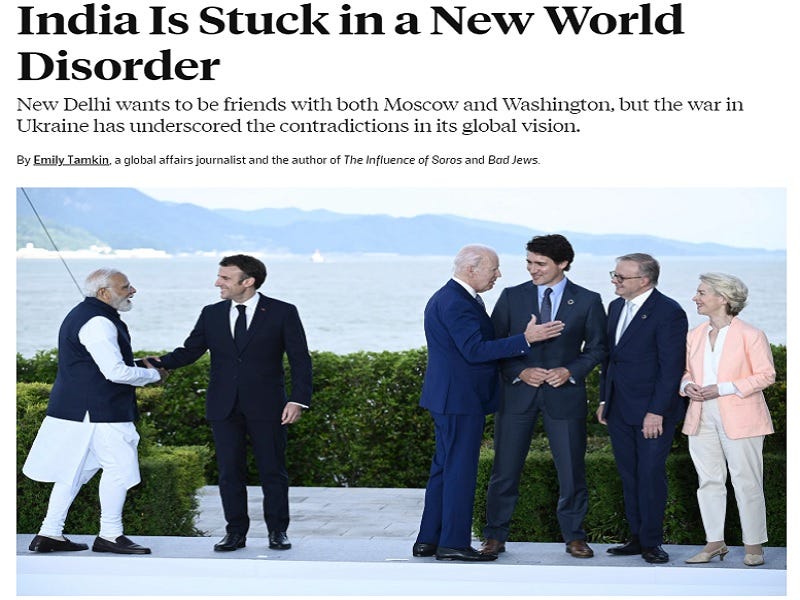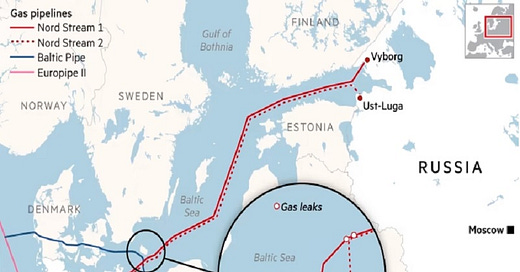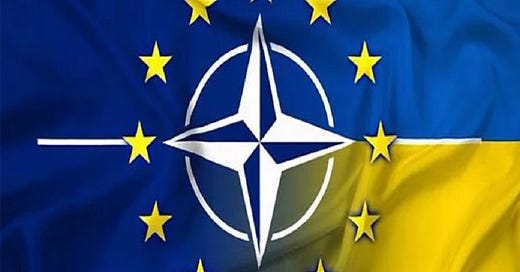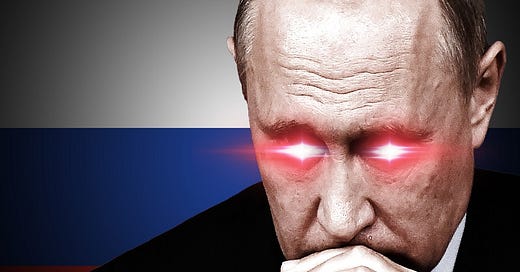
Everything that India has done over the past 15 months is fully consistent with its multipolar grand strategy.
Global affairs journalist Emily Tamkin published a piece for Foreign Policy last week about how “India Is Stuck in a New World Disorder”. The subheading informed readers that “New Delhi wants to be friends with both Moscow and Washington, but the war in Ukraine has underscored the contradictions in its global vision.” Accordingly, Tamkin attempted to expose the alleged hypocrisy of India’s multi-alignment policy, but none of her points have any merit.
The introductory paragraphs frame India’s strategic partnership with Russia as supposedly discrediting Prime Minister Modi’s promise at the G7 that “I will do whatever we can for the resolution of war.” In Tamkin’s mind, the conflict can only end with Russia’s total defeat, which she suggests India can contribute to by joining the West’s sanctions campaign. Had it done so, however, then it could have plunged head-first into the food and fuel crises that have been afflicting the Global South.
The predictable turmoil in the world’s largest country might have destabilized it, which no responsible member of the international community should want to see happen. That dark scenario was averted by India’s pragmatic policy of principled neutrality towards the NATO-Russian proxy war and the broader New Cold War within which it’s being fought. This enabled it to ensure domestic stability in the face of those crises while retaining close ties with all key players in the global systemic transition.
The result is that India secured its hard-earned strategic autonomy by proving that it’s a truly neutral actor in International Relations, which can perfectly position it to mediate foreign conflicts like the one in Eastern Europe if requested to do so by both sides. That hasn’t yet happened and might ultimately never unfold, but the purpose in drawing attention to this potential role is to show that India can indeed “do whatever it can for the resolution of war” if Zelensky really wanted to end it.
Moving along, Tamkin claimed that “To listen to the current U.S. and Russian administrations, the world is currently engulfed in an ideological battle.” According to her assessment, the former supports a pro-democratic rules-based order while the latter backs an anti-democratic multipolar one. She then cites various experts who opine about India’s place between “two ends of a spectrum on democracy” “bookended” by the US and Russia.
The problem is that the preceding assessment of each country’s approach to the global systemic transition is inaccurate. The US’ is inherently anti-democratic since that declining unipolar hegemon pressures others to comply with its liberal-globalist demands even at the expense of their objective national interests. By contrast, Russia’s is inherently democratic since it respects each country’s right to manage their internal and international affairs however they like.
Having clarified the truth about those two’s approach to International Relations, it’s clear that India’s is aligned with Russia’s just like the rest of the Global South’s, though that doesn’t mean that India is anti-Western. It pragmatically cooperates with that de facto New Cold War bloc in pursuit of shared economic, security, and technological interests, but India won’t ever subjugate itself to being the West’s largest-ever vassal like its ruling liberal-globalists want, which sometimes leads to political friction.
By the same token, its close cooperation with Russia doesn’t mean that India is pro-Chinese either. Unlike what Tamkin claimed near the conclusion of her piece when writing that “the war has made Russia more dependent on China, and thus less empowered to challenge either it or the United States”, it’s precisely because the Russian-Indian Strategic Partnership has unprecedentedly strengthened over the past 15 months that Moscow has successfully averted disproportionate dependence on Beijing.
One of India’s grand strategic goals is to prevent the scenario that Tamkin mistakenly assumed is already in effect since it could lead to this country having to become the West’s vassal out of desperation to ensure its security if Russia first became China’s and thus turbocharged its superpower trajectory. In that event, only the American and Chinese superpowers would have any real sovereignty in the world system, with everyone else being disproportionately dependent on one or both of them to varying degrees.
The world order that India is striving to build is a truly multipolar one where superpowers no longer exist. Aspiring and declining superpowers like China and the US respectively would instead become the two top Great Powers after losing their hegemonic potential upon the Global South’s rise. The transition to complex multipolarity (“multiplexity”) is a tri-multipolar order where the US-led West’s Golden Billion, the Sino-Russo Entente, and the informally Indian-led Global South are the main actors.
Despite China and Russia being in an Entente, neither is the other’s military ally. Their cooperation is aimed at accelerating the decline of American hegemony, but it isn’t directed against any third parties like the EU or India. Furthermore, China and Russia are on opposite sides of the Kashmir Conflict and the South China Sea territorial issue, but their leaderships are mature enough not to let these differences impede their mutually beneficial cooperation.
The unprecedented strengthening of the Russian-Indian Strategic Partnership over the past 15 months has ensured that Moscow doesn’t become Beijing’s “junior partner”, while India’s ties with the West are intended to keep China in check so that its rise doesn’t lead to unipolarity in Asia. Bilaterally, the Sino-Indo border dispute remains in an impasse, but it’s still being responsibly managed by both sides in order to cool tensions and also prevent others from meddling in it to divide-and-rule them.
This masterful balancing act is overseen by External Affairs Minister Dr. Subrahmanyam Jaishankar, who geostrategic guru Henry Kissinger praised in his recent interview with The Economist as “the practising political leader that is quite close to my views.” It’s also appreciated by the pragmatic faction of Western policymakers, whose views about India were given voice in Ashely J. Tellis’ latest article for the influential Council on Foreign Relations’ official magazine, though the liberal-globalists’ faction still dominates.
Returning to Tamkin, it’s obvious that she endorses their views as evidenced by her attempt to expose the alleged hypocrisy of India’s multi-alignment policy. The reality is that there aren’t any contradictions in its global vision since everything that it’s done over the past 15 months is fully consistent with its multipolar grand strategy that was articulated in this analysis. Those like Tamkin who still don’t acknowledge this have an agenda in manipulating perceptions about India’s newfound role in the world.
















"...an anti-democratic multipolar one."
Uhhh, anyone for a contradiction in terms? Wouldn't 'of more than one pole' mean that multiple actors contribute (to decisions, etc)? Logically, then, bipolar, like the N/S poles of a magnet, would imply opposition (and conflict). So, how could a party or country or pole, or anything with only one force be 'democratic'? Doesn't democracy require at least two forces opposing each other to create movement? What happens when the two are so close to each other as to be indistinguishable, like the Conservative and Labour parties in the UK, or the Republican and Democratic parties in the US? You don't see much movement there; continual deadlock. What about countries, where proportional representation creates coalition governments? Why is democracy working so much better in Russia, China and many other places, where people are, generally speaking, pleased by their governments, than it is in Europe or the US, where there is, for the most part, deep-seated resentment and outright distrust, not to mention disgust at politicians, of the governments in power?
Just a thought.